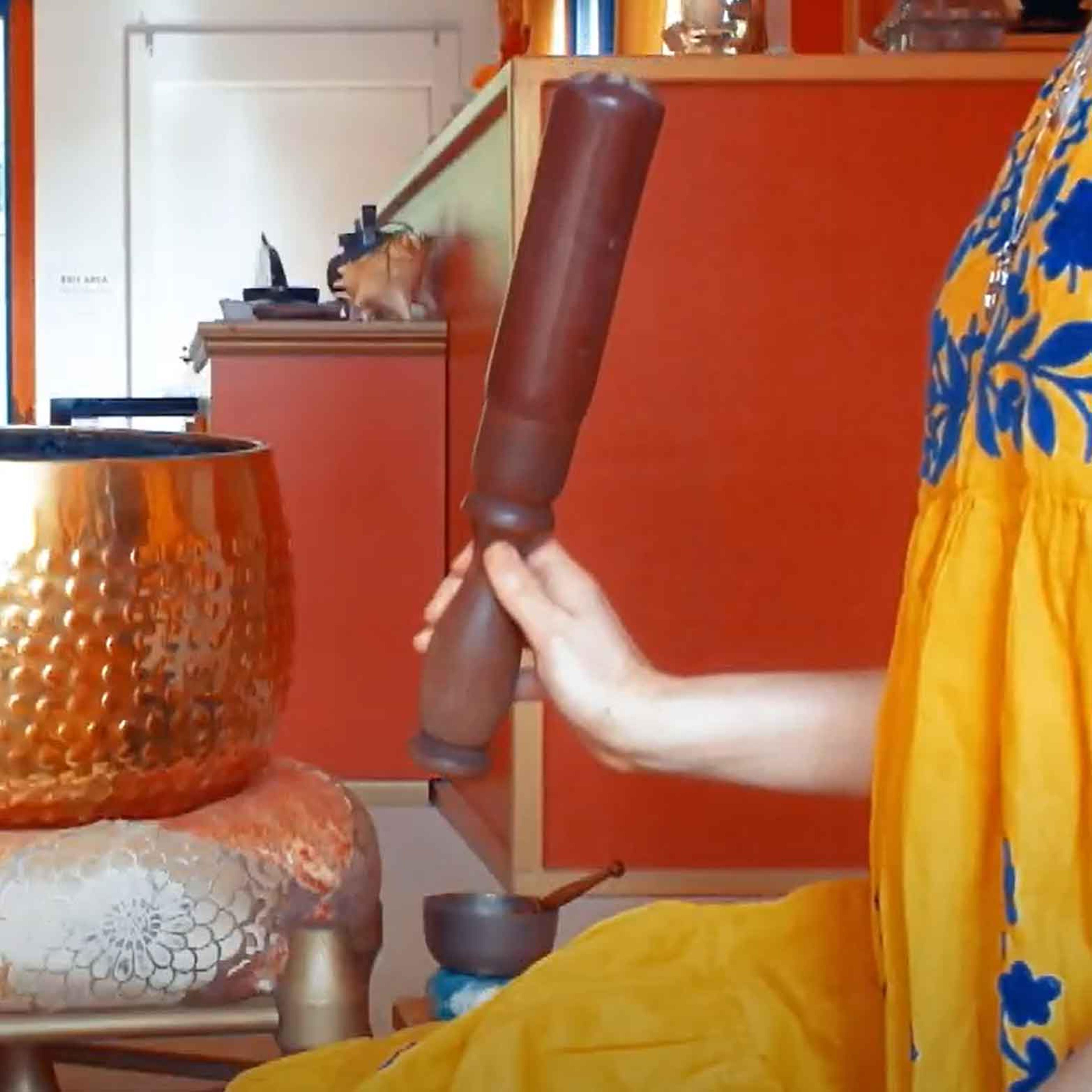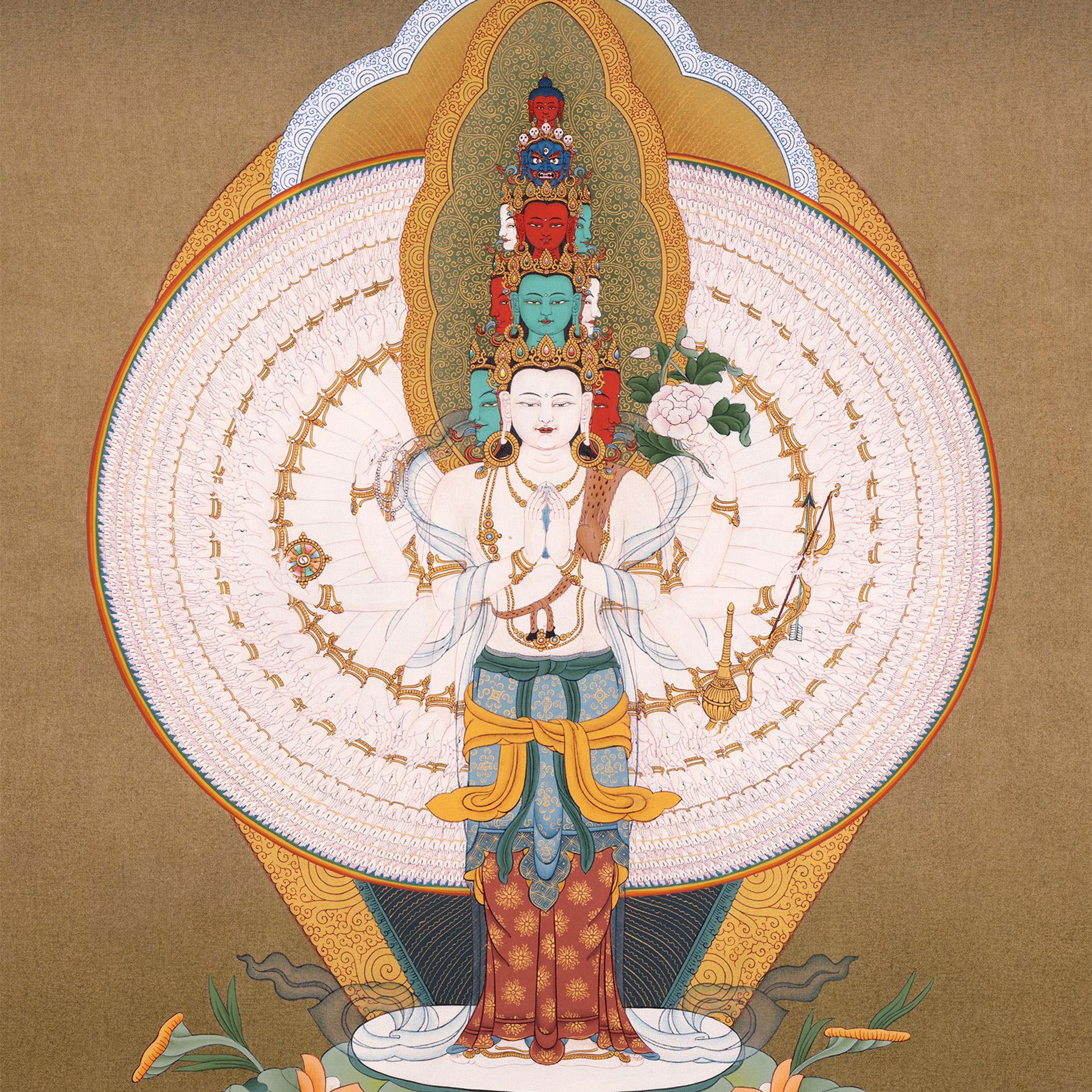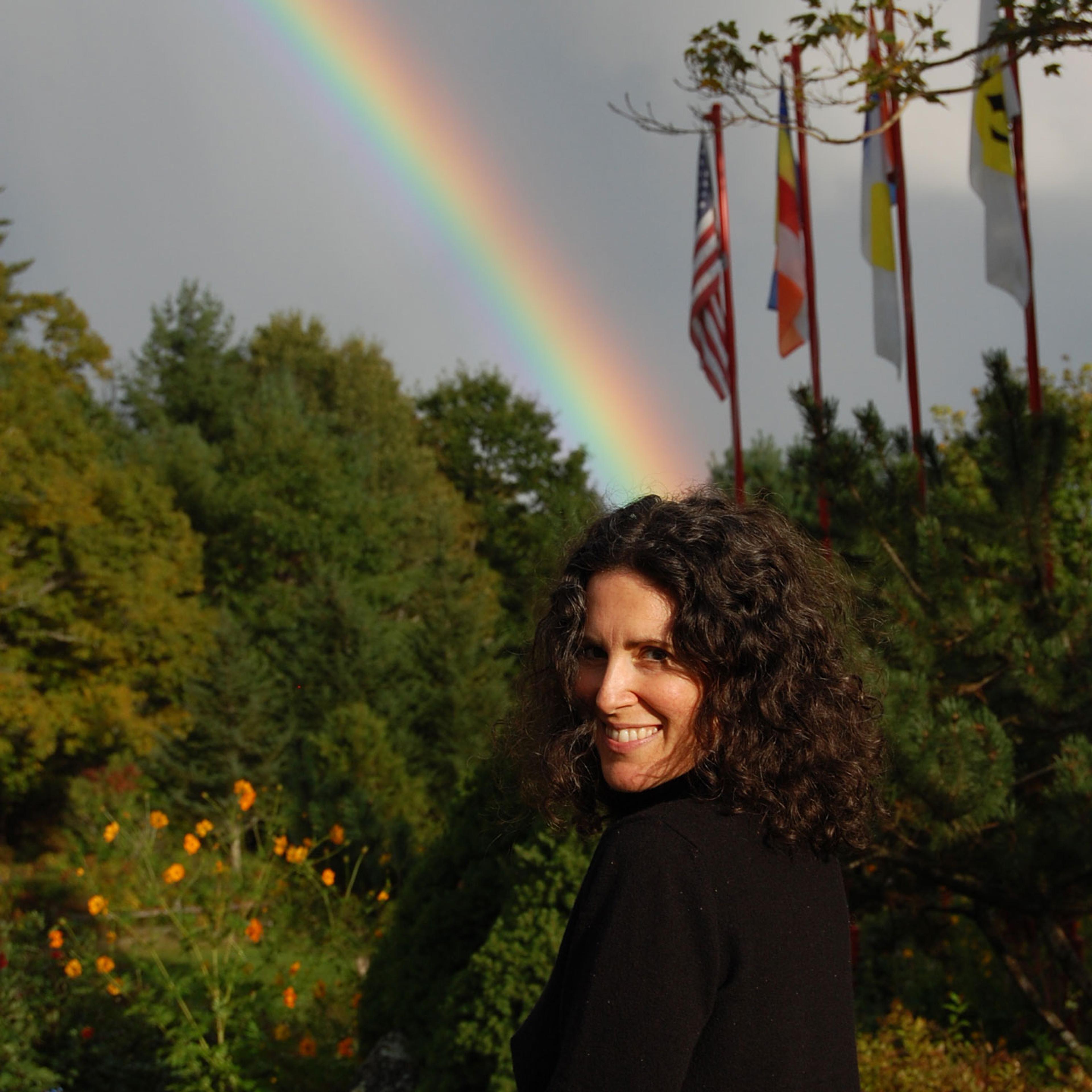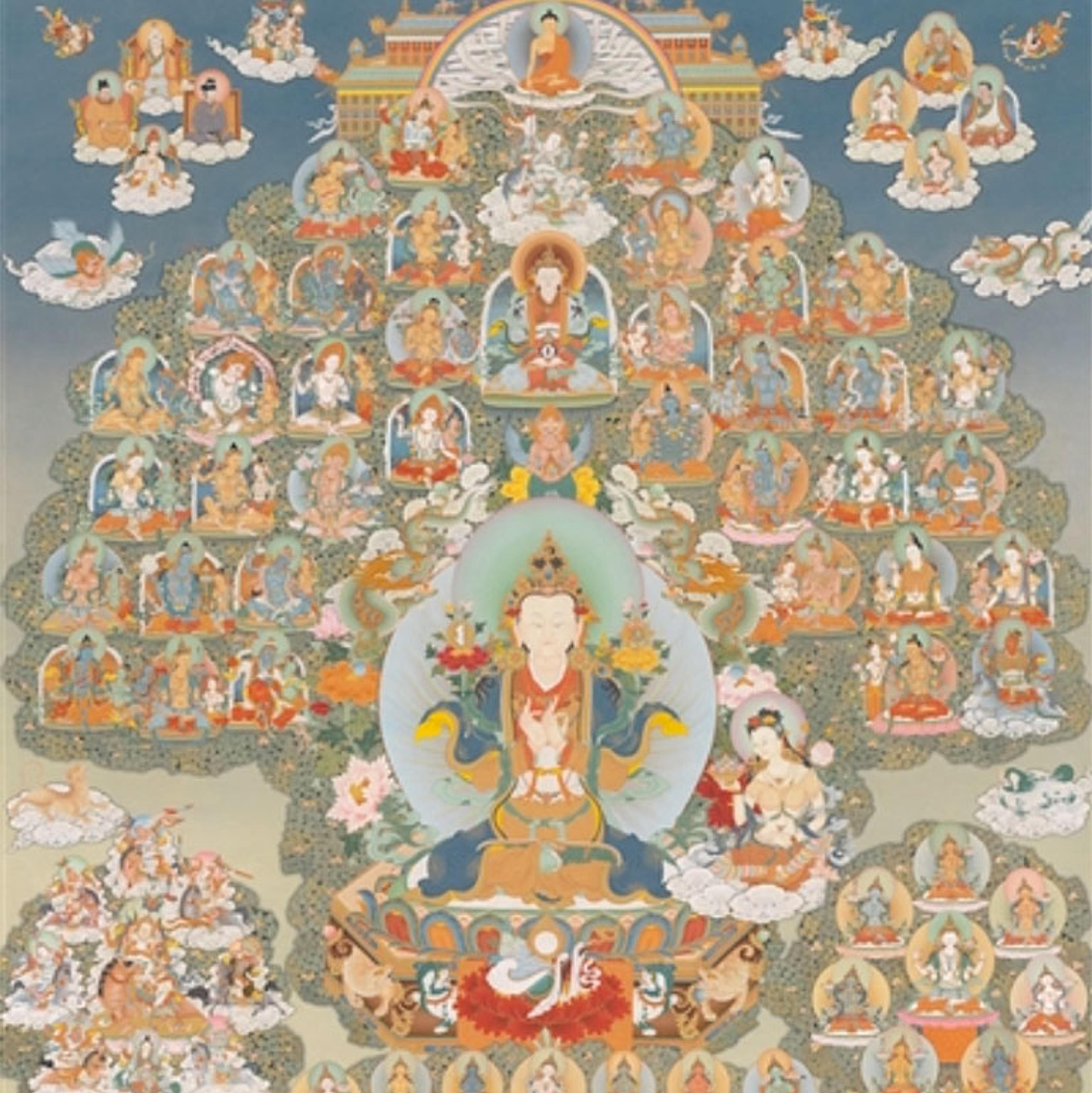Chanting at Karmê Chöling
Many people ask what purpose does chanting serve. As a community, we join together twice a day to practice meditation through chanting and sitting practice. These forms of meditation are more than just techniques. They have the ability to help us ‘wake up’ to ourselves and our world, thus bringing more mindfulness and awareness into every aspect of our lives.
Who are we chanting to?
Buddhism is a nontheistic spiritual path, but the chants can sound as if we are talking to something outside ourselves. It’s good to remember that Buddhists are not worshiping a god or higher being.
Instead, Buddhism is interested in methods and techniques that help the individual see through ego and its sense of duality. Seeing through ego isn’t a conceptual exercise. It isn't something that you'll accomplish by reading it in a book. Seeing through ego is changing how you experience yourself and how you perceive the world. Chants speak to a non-conceptual level of yourself, which can address this process.
So who are we chanting to? We are chanting to an aspect of ourselves, our own enlightened nature!
Why do we chant?
What is the purpose of chanting?
At Karmê Chöling, we include chanting in every meditation session. The chants play different roles in our practice depending on where in a meditation session they take place, and upon which chant we are reciting. Chanting is a form of mindfulness in our practice in that the chants remind us of key Dharmic teachings, they inspire us in our practice, and they encourage us to notice when we stray into misunderstandings regarding the dharma.
Why do we include chants in our practice?
Chanting as an object of meditation
In the morning, we chant before we settle into sitting meditation. In sitting practice, we use the breath as the object of meditation, which helps us anchor our minds. When we chant, we place our attention on the words of the chants, the sound our our voice, and the sound of the voices around us, and so these become the object of our meditation. In this way, as we chant we begin the process of gathering our minds, and preparing ourselves to sit in mindfulness meditation.
Chanting as Dharma teachings
Embedded in the words of the chants are many of the key principles of Shambhala Buddhism. By chanting before meditation, we remind ourselves of these teachings, planting the seeds of Dharma in the soil we have tilled with our mindfulness practice.
Chanting for inspiration
At first, many of the chants can seem alien and hard to understand. However as time goes on, we learn their meaning and use them to inspire us in our daily meditation practice and lives.
When this happens chanting becomes a powerful reminder that ignites our awareness and compassion.
Chanting about the Lineage
In some of the chants we recite long lists of names. These are the main figures who made sure that the teachings that came from the time of the Buddha were handed on to the next generation. Thus the teachings are available to us.
Chanting to protect our spiritual path
In the evening session we do the “protector chants”. Although we aspire to live according to the principles of our spiritual path, we don’t always manage to carry out our good intentions. We forget our aspirations to be mindful and compassionate and get lost. We recite these Protector Chants so that we can recognize, on the spot, when we have strayed and ‘wake up’ from our confusion.
Chanting Etiquette
There is some form around chanting that is useful to know.
Chant Books:
The chant books are on a low table as you enter the shrine room. You are free to pick up a copy as you find your seat.
The chant books are treated as sacred texts. They contain teachings and words of wisdom that have been passed down for generations. Our tradition is to not place the chant book directly on the floor. They can be placed on the zabuton mat or the low practice tables that sit in front of the mats.
The Timekeeper:
We have a ‘umdze’, or timekeeper, who sits in the front to lead the chants. The umdze sets the pitch and pace of the chants, rings the gong and generally orchestrates the meditation session.
When to chant:
The first chant in the morning is done solo by the umdze. Then the umdze chants the first 5 words of each of the next chants alone. This lets the assembly hear the tempo and note being used and join in with the same pitch and timing.
Pitch:
Sometimes the pitch is too high or low. You are free to find a note that compliments the umdze’s original tone and use that instead.
Drumming:
We also have a drummer. The drum doesn’t accompany all the chants. In the morning it is only used during the Heart Sutra. In the evening it is used more extensively with the protector chants.
How to Chant:
Most of the chants are done monosyllabically. Equal weight is put on each syllable, with few exceptions. Commas and periods are generally ignored. This can produce an effect similar to droning, or more poetically, “like a river flowing with no beginning or end”. Chanting this way places more emphasis on the words and their meaning rather than a melody being the focus.
That said, there are a few chants, or phrases, that are set to traditional melodies. These are quite beautiful. They are sections that are generally repeated multiple times.
About Karmê Chöling
Dharma Teachings, Meditation and Community
We are a Buddhist meditation retreat center located in Vermont. As a community, we aspire to create a kind and compassionate society by integrating mindfulness into our everyday interactions and activities.
Learning to work with habitual thoughts and emotions is key to creating a meaningful and satisfying life. We provide support for developing self awareness through meditation with introductory Buddhist sitting meditation classes, dharma retreat programs, custom designed retreats, and solitary cabin retreats. For those interested in learning how to join a Buddhist community, we also offer Residency.
Was this helpful?
Share This







